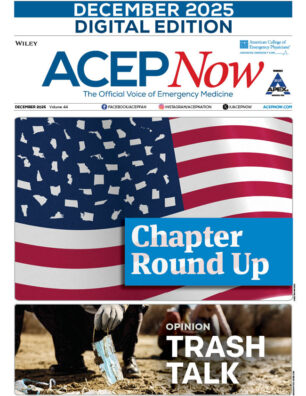(Reuters Health) – The initial hospitalizations for firearm-related injuries in the United States cost an average of $735 million per year, with the government picking up a large portion of the tab, researchers say.
Medicaid and Medicare pay 41% of the total, and private insurers another 20%, the study authors reported March 21 online in the American Journal of Public Health.
“Firearm-related injuries are at the heart of one of the most heated political discussions in the United States, yet there is surprisingly little scientific research available on the subject,” said lead study author Sarabeth Spitzer of the Stanford University School of Medicine in California.
“It is important for all parties involved in these discussions to have a clear understanding of the monetary cost of these injuries and where the financial burden falls,” she told Reuters Health by email.
In 2014, firearms caused about 33,700 deaths and 81,000 nonfatal injuries in the U.S., according to the Centers for Disease Control and Prevention. The U.S. homicide rate is seven times higher than that of other developed countries, and the gun homicide rate is 25 times higher, Spitzer and her coauthors note.
To get a conservative estimate of the costs of firearm injuries, the researchers analyzed data from the largest U.S. database of inpatient hospital care. They focused on emergency treatment of firearm injuries that led to hospital admission, excluding readmissions for an older injury or patients who were treated but not admitted.
Between 2006 and 2014, about 267,000 patients were admitted for firearm-related injuries, and inflation-adjusted costs totaled $6.61 billion. Average costs per admission ranged from $19,600 for self-pay patients to $30,900 for Medicaid patients.
“This study underestimates the true cost of firearm-related injuries as it includes only the first inpatient admission cost,” Spitzer said. “It excludes many other important and costly steps in patient treatment such as emergency department care, readmission, rehabilitation, long-term health care, and disability.”
The injury patients were overwhelmingly male across all payer groups. Patients insured by Medicaid, the federal-state insurance program for the poor, stayed in the hospital for an average three days longer than others and had injuries that were more likely to have been caused by assault.
Patients covered by Medicare, the federal health insurance program for people over age 65, were more likely to have self-inflicted injuries and privately-insured patients had more unintentional injuries. About 43% of all hospital admissions were in the South, which also had the highest proportion of self-pay patients. The Northeast had the lowest proportion of admissions with 16%.
Of the inflation-adjusted $6.6 billion costs during the study period, Medicaid paid $2.3 billion, or 34.8%; Medicare paid $0.4 billion, or 6%; private insurers paid $1.32 billion, or 34.8%; and self-pay individuals paid $1.56 billion or 23.6%.
“We’re an outlier nation in terms of gun problems, and this only looks at a small part of the expense,” said David Hemenway of Harvard University in Boston who wasn’t involved with the study.
The study doesn’t include costs related to long-term issues such as spinal cord injuries and traumatic brain injury, as well as social or job-related costs, such as unemployment, sick leave, and psychological impact on loved ones, noted Hemenway, who directs the Harvard Injury Control Research Center.
“It doesn’t even begin to account for the real costs of losing a relative, spouse or community member,” he added. “Gun violence makes it impossible to live a good life in some of these places, especially when industry doesn’t want to move in and people are afraid to go out.”
As the first study to quantify firearm-related costs in about a decade, the data could have major implications for public policy changes and healthcare funding, said Konstantinos Economopoulos of Massachusetts General Hospital in Boston, who was not involved in the research. In the past 30 years of funding from the National Institutes of Health, for example, six awards have supported firearm-injury studies, he said.
“The financial burden . . . falls mainly on the shoulders of the government (through Medicaid) and the uninsured,” he told Reuters Health by email. “There is an ethical – but also financial – imperative need for an increase in funding for future research to tackle the ongoing epidemic of firearm-related injuries.”
Pages: 1 2 | Multi-Page





No Responses to “Firearm-Related Hospitalizations Cost U.S. Billions in Health Care Costs”